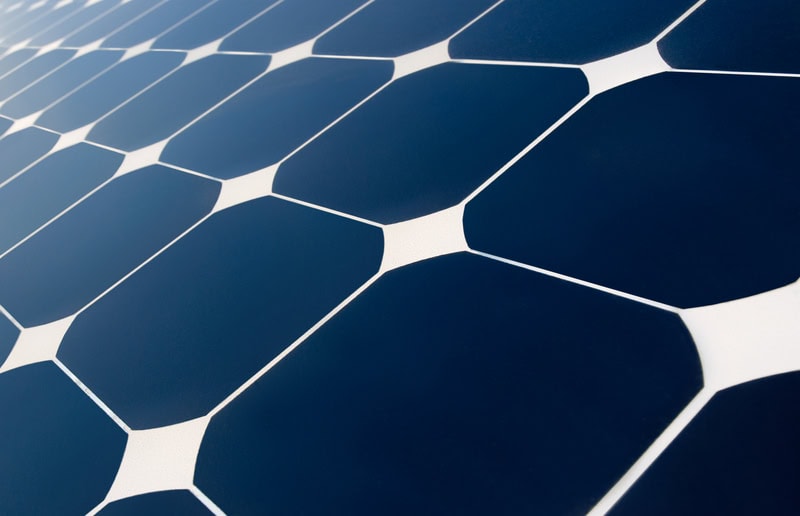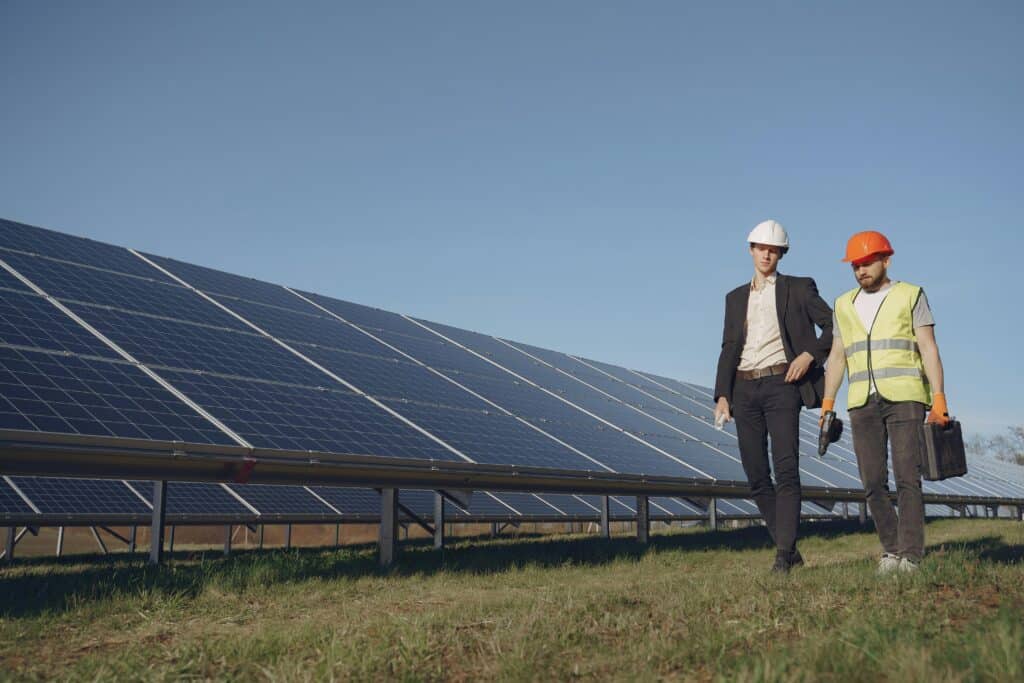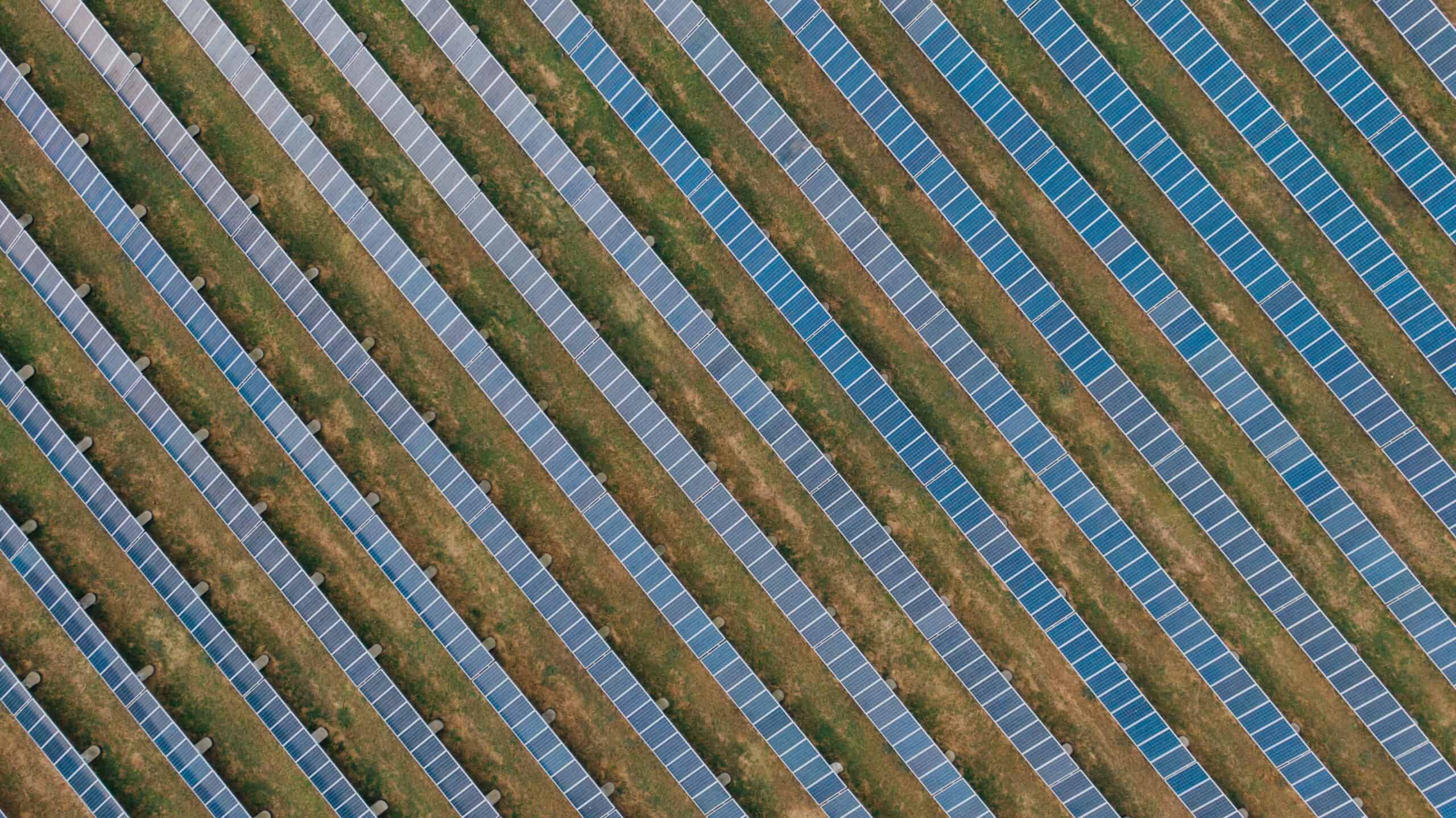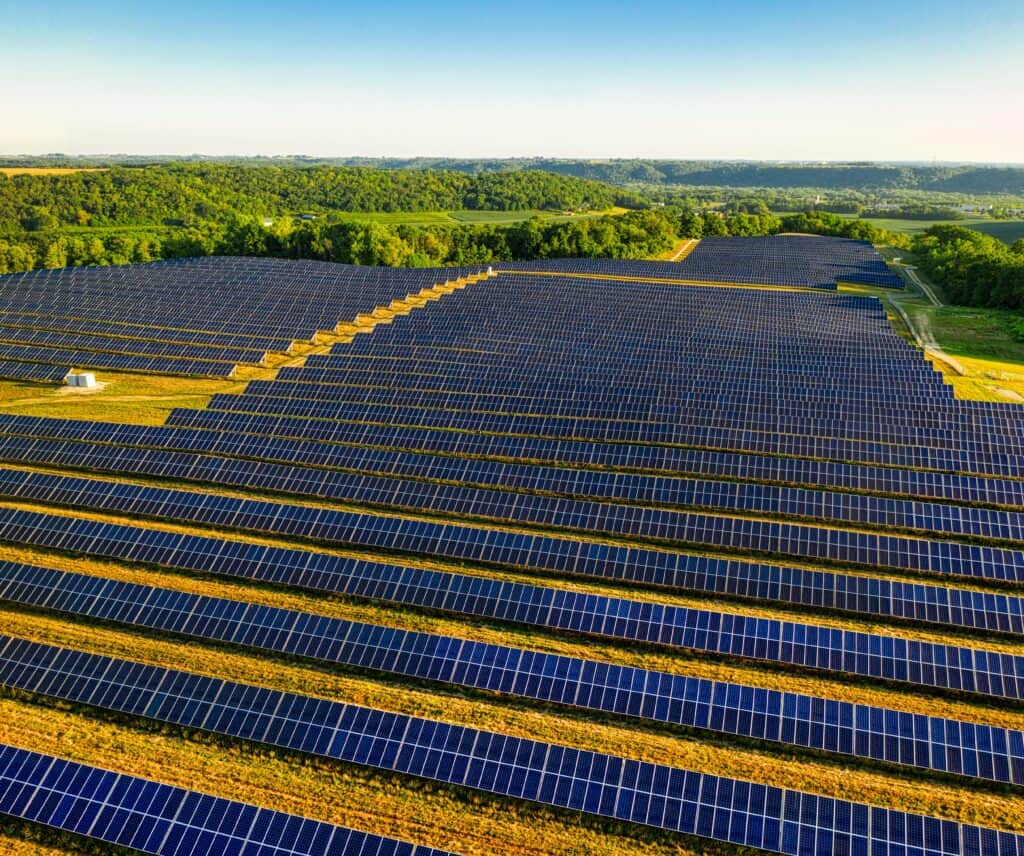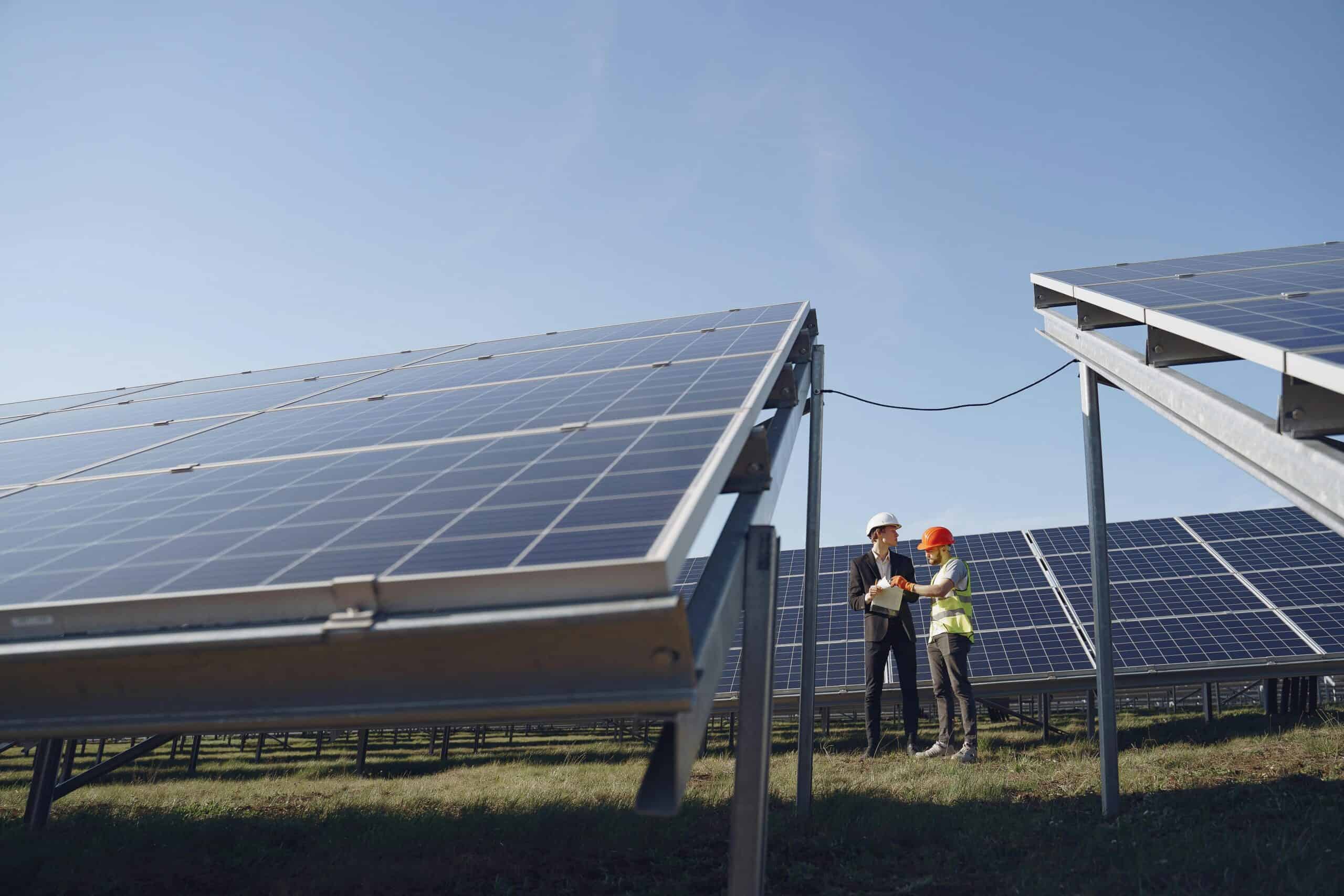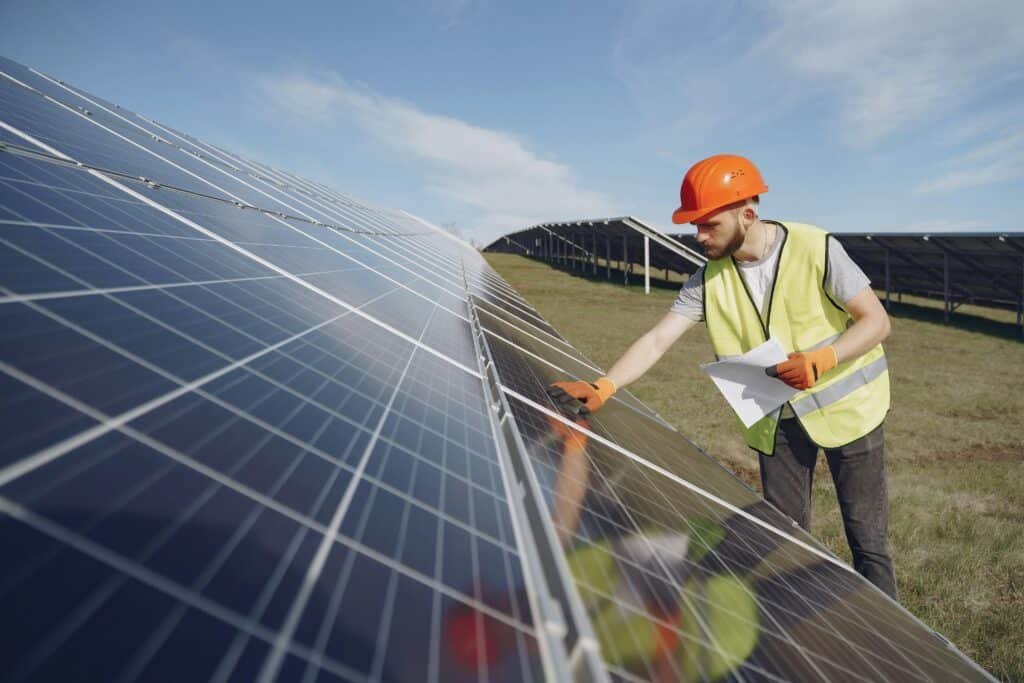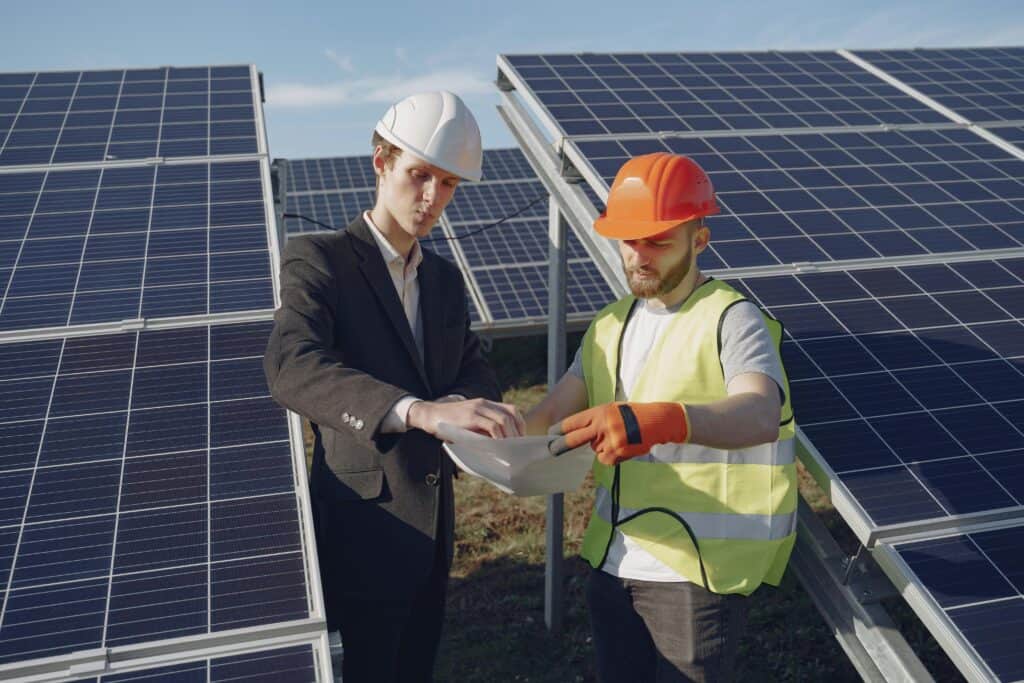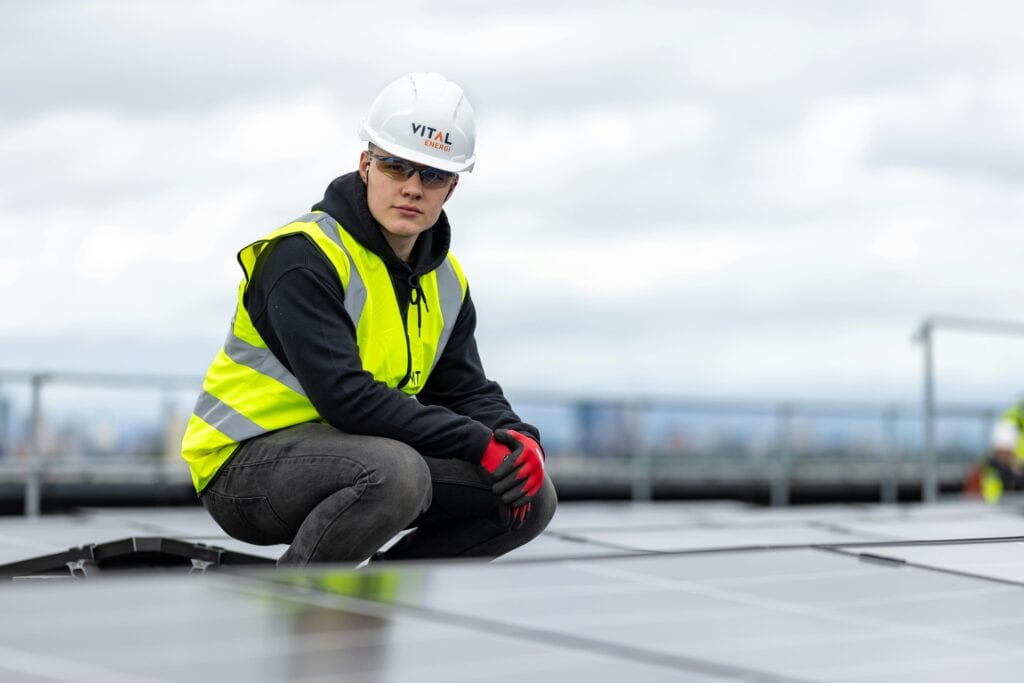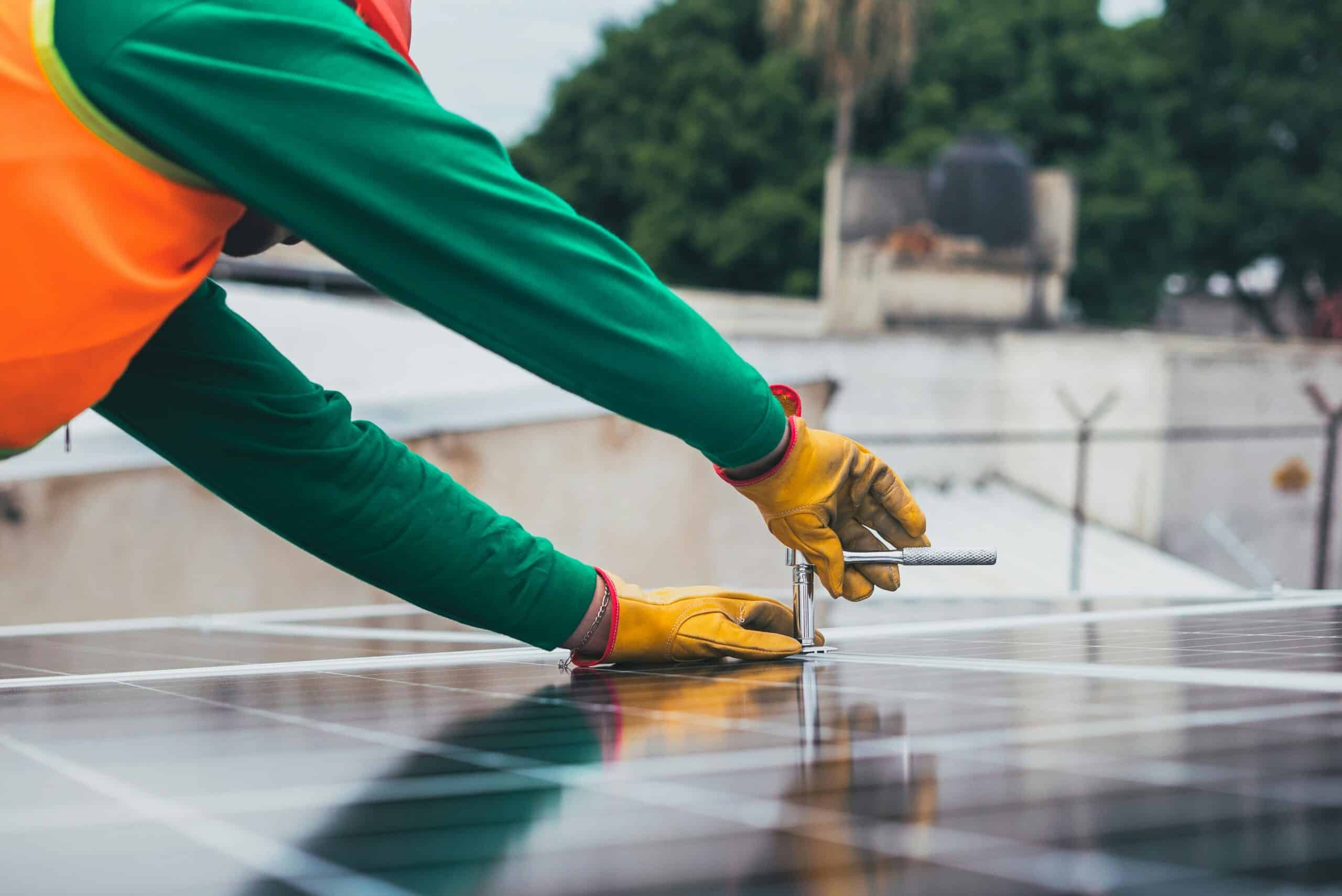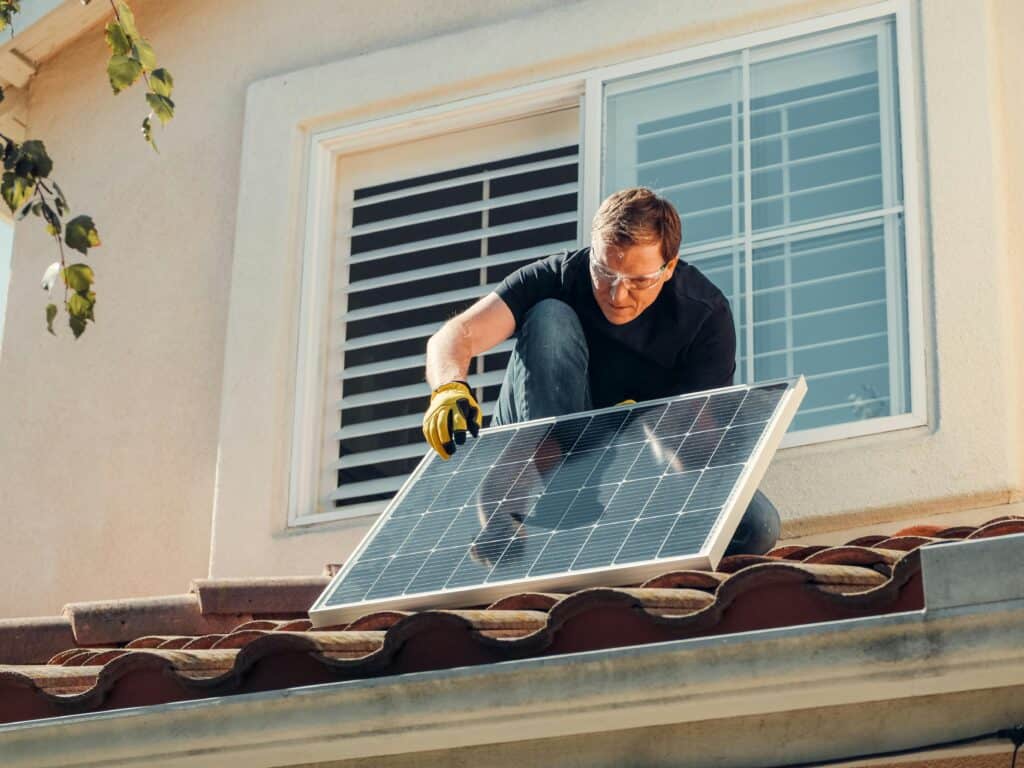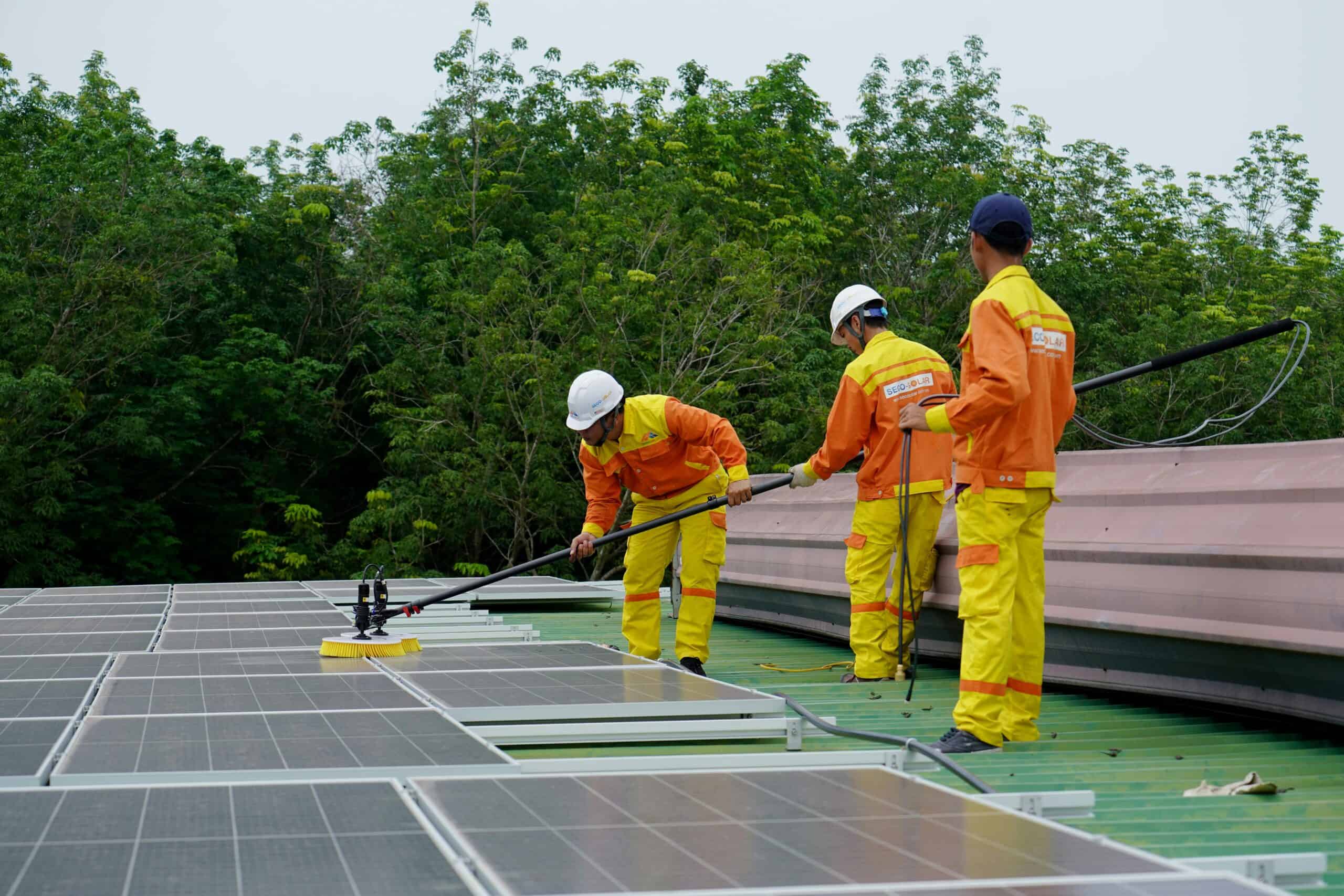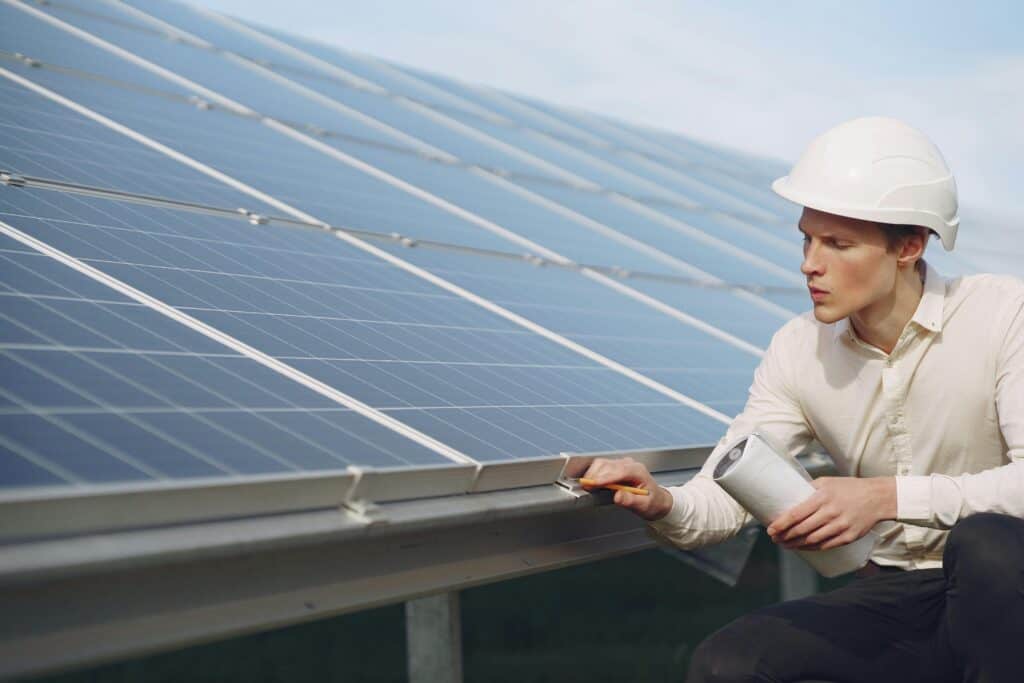Table of Contents
As renewable energy takes center stage in the global transition away from fossil fuels, solar power has emerged as one of the most promising solutions. Contributing to this infrastructure isn’t just about supporting sustainability—it’s about securing financial, environmental, and social benefits for individuals and communities alike.
Whether you’re a homeowner, a business owner, or simply someone passionate about clean energy, your investment in solar infrastructure can bring tangible rewards.
Understanding Solar Infrastructure
What Is Solar Infrastructure?
Solar infrastructure refers to the complete system that supports solar energy production and distribution. It includes solar panels, inverters, energy storage systems, and the networks that connect clean power to homes, businesses, and the grid.
Key Components: Panels, Storage, and Grids
- Solar panels convert sunlight into electricity.
- Storage systems ensure energy is available even at night.
- Grids and inverters distribute and balance power across communities.
How Solar Powers Communities
By expanding solar, communities gain access to clean, reliable, and cost-effective energy while reducing dependence on fossil fuels.
Personal Benefits of Supporting Solar
Lowering Energy Bills for Homeowners
One of the clearest benefits of contributing to solar growth is reduced electricity costs. Homeowners who install solar panels can cut monthly utility bills significantly.
Boosting Property Value Through Solar Investments
Properties with solar installations consistently sell faster and at higher values, proving that solar infrastructure is both an energy and financial asset.
Tax Incentives and Financial Rewards
Federal and state governments offer tax credits, rebates, and financing programs, making it easier for households to adopt solar.
Environmental Impact of Solar
Reducing Carbon Footprints
Solar power emits zero greenhouse gases during operation. By contributing to solar infrastructure, individuals and businesses directly reduce their carbon footprint.
Preserving Natural Resources
Unlike fossil fuels, solar energy doesn’t require drilling or mining. Supporting solar helps protect ecosystems and conserve vital natural resources.
Creating Sustainable Communities
Solar infrastructure fosters local resilience, reducing reliance on external energy supplies and paving the way for eco-friendly neighborhoods.
Economic Advantages of Contributing to Solar Infrastructure
Job Creation and Local Economic Growth
Investments in solar create thousands of jobs in manufacturing, installation, and maintenance, fueling economic development.
Energy Independence and Security
Communities with robust solar infrastructure rely less on imported energy, strengthening national energy independence.
Reducing Reliance on Fossil Fuels
Every contribution to solar reduces global dependence on coal, oil, and gas—resources that are costly and environmentally damaging.
How Businesses Benefit from Solar Infrastructure
Cutting Operational Costs
Solar reduces electricity bills, giving companies more control over operational expenses.
Enhancing Brand Reputation with Sustainability
Consumers increasingly support brands committed to sustainability. Businesses that contribute to solar infrastructure gain a competitive advantage.
Long-Term ROI from Solar Integration
While the upfront cost can be significant, solar pays for itself through long-term savings, government incentives, and reduced reliance on fluctuating energy markets.
Overcoming Challenges in Expanding Solar Infrastructure
Addressing Upfront Costs and Financing Options
Leasing, power purchase agreements (PPAs), and low-interest loans are making solar more accessible than ever.
Improving Grid Modernization and Energy Storage
Smart grids and advanced batteries are solving issues of intermittent energy production, ensuring reliability.
Overcoming Policy and Regulatory Barriers
Governments and organizations are working to streamline regulations, making it easier to scale solar infrastructure.
Future Outlook: What Your Contribution Means Beyond 2025
Smart Grids and AI Integration
The next decade will see smart solar systems powered by AI, capable of predicting energy use and optimizing storage.
Global Renewable Energy Goals
By contributing today, individuals and businesses play a role in achieving international targets for renewable energy adoption and carbon neutrality.
FAQs on Solar Infrastructure
Q1: What is solar infrastructure?
A1: Solar infrastructure includes the systems, storage, and grids that generate and distribute solar energy.
Q2: How does contributing to solar benefit me financially?
A2: You can lower energy bills, receive tax incentives, and increase property value.
Q3: Is solar reliable?
A3: Yes. With modern storage solutions and smart grids, solar is highly reliable.
Q4: How do businesses benefit from solar?
A4: Businesses save money, strengthen brand reputation, and secure long-term returns.
Q5: What role does solar play in sustainability?
A5: It reduces carbon emissions, preserves natural resources, and supports eco-friendly communities.
Q6: Can I contribute to solar without installing panels?
A6: Yes, through community solar projects or green energy investment programs.
Conclusion: Why Your Role in Solar Infrastructure Matters

Contributing to solar infrastructure is more than an environmental gesture—it’s an investment in your financial security, property value, and the future of clean energy. Whether you’re a homeowner saving on bills, a business cutting costs, or an advocate for sustainability, your role matters.
At JMS Energy, we believe that every contribution makes a difference. Together, we can build a stronger, cleaner, and more sustainable energy future.
Want to start today? You can contact JMS Energy here.

